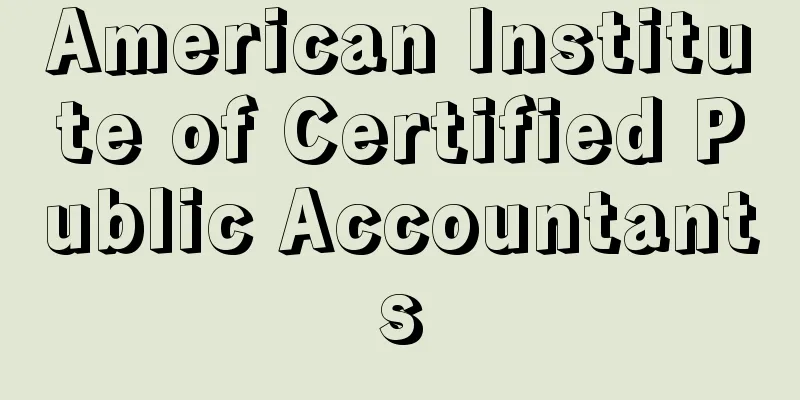Kaunda - Kenneth David Kaunda

|
Zambian politician. Born in Lubwa, Bembaland Province, Northern Rhodesia. His father was a Malawian missionary. After graduating from teacher training school, he became a teacher. In 1949, he joined the African National Congress (ANC), and in 1953, he became its secretary-general under chairman Harry Nkumbula (1916-1983). In 1958, he left the ANC and formed the radical Zambia National Congress, but the following year, in 1959, it was outlawed and he was imprisoned. In 1960, he met Mainza Chona (1930-2001, later vice president), who formed the United National Independence Party (UNIP), and after his release, Kaunda became the party leader and promoted the independence movement. After the dissolution of the Federation of Rhodesia and Nyasaland (1953-1963) in 1963, Northern Rhodesia held a constitutional conference with the colonial power, Britain, and gained independence as Zambia in October 1964. Kaunda became the first president. He advocated humanistic socialism and nationalized a number of companies. In 1972, the constitution was amended and Zambia moved to a one-party system. With the collapse of copper prices in 1975, Zambia, a copper-producing country, fell into economic difficulties and introduced the Structural Adjustment Programme (SAP) in 1983. In the 1980s, he played a central role in the formation of the Southern African Development Coordination Council (SADCC, now the Southern African Development Community: SADC) and the Preferential Trade Area for Eastern and Southern Africa (PTA, now the Common Market for Eastern and Southern Africa: COMESA), regional cooperation organizations in southern Africa. In 1988, he was elected president for the sixth time. However, public criticism of the SAP grew, and he abandoned the one-party system and accepted a multi-party system, but in the 1991 election, Kaunda and UNIP were defeated by the Movement for Multiparty Democracy (MMD) led by Frederick Chiluba (1943-2011). When Kaunda attempted to run again for president in 1996, the Chiluba government imposed a Zambian parental qualification that prevented him from running again, so he boycotted the election. In December 1997, Kaunda was arrested for his role in an attempted military coup, but was later released. He retired from politics in 2000. [Akifumi Hayashi] "Democratization of Southern African Countries" edited by Akifumi Hayashi (1993, Institute of Developing Economies) " Zambia shall be free; an autobiography" (1962, Praeger, New York) " Stephen Chan Zambia and the decline of Kaunda, 1984-1998" (2000, Edwin Mellen Press, Lewiston) [Reference] |Source: Shogakukan Encyclopedia Nipponica About Encyclopedia Nipponica Information | Legend |
|
ザンビアの政治家。北ローデシアのベンバランド州のルブワで生まれる。父はマラウイ人で宣教師。教員養成学校卒業後、教員となる。1949年アフリカ民族会議(ANC)に入り、1953年議長ヌクムブラHarry Nkumbula(1916―1983)の下で書記長となる。1958年ANCから脱退し急進的なザンビア民族会議を結成したが、翌1959年非合法化され投獄された。獄中で知り合ったチョーナMainza Chona(1930―2001。のち副大統領)が1960年統一民族独立党(UNIP)を結成し、出獄後カウンダが党首となり独立運動を進めた。1963年ローデシア・ニアサランド連邦(1953~1963)の解体後、北ローデシアは宗主国イギリスとの制憲会議を経て1964年10月ザンビアとして独立。カウンダはその初代大統領に就任した。ヒューマニズム社会主義を標榜(ひょうぼう)し、一連の企業の国有化を実施した。1972年改憲して一党支配体制に移行。1975年の銅価格の暴落とともに、産銅国ザンビアは経済苦境に陥り、1983年、構造調整計画(SAP)を導入した。1980年代、南部アフリカの地域協力機構である南部アフリカ開発調整会議(SADCC。現、南部アフリカ開発共同体:SADC)と東南部アフリカ特恵貿易地域(PTA。現、東南部アフリカ共同市場:COMESA)結成に中心的役割を果たした。1988年大統領に6選。しかし、SAPに対する国民の批判は高まり一党制を放棄、複数政党制を認めたが1991年選挙でカウンダ、UNIPはチルバFrederick Chiluba(1943―2011)の率いる複数政党制民主主義運動(MMD)に敗れた。1996年大統領選挙に再出馬しようとしたカウンダに対し、チルバ政権は両親がザンビア国籍という資格を課したため、再出馬できず、選挙をボイコットした。1997年12月、カウンダは未遂に終わった軍事クーデターに関与したとして逮捕されたが、のちに釈放された。2000年に政界から引退した。 [林 晃史] 『林晃史編『南部アフリカ諸国の民主化』(1993・アジア経済研究所)』▽『Zambia shall be free ; an autobiography(1962, Praeger, New York)』▽『Stephen ChanZambia and the decline of Kaunda, 1984-1998(2000, Edwin Mellen Press, Lewiston)』 [参照項目] |出典 小学館 日本大百科全書(ニッポニカ)日本大百科全書(ニッポニカ)について 情報 | 凡例 |
Recommend
Carly
The wife of the Hindu god Shiva. Also known as Dur...
United Arab Republic; UAR
A United Republic formed by Egypt and Syria in Feb...
Pelargonium × asperum
...Perennial plant of the Geraniaceae family (ill...
Papilionoidea
…The four suborders are divided into 21 superfami...
Cheongju
The capital of North Chungcheong Province, South K...
Kiso
[1][1] Southwestern Nagano Prefecture, east of Ont...
toadflax
...Although it is originally a northern plant, it...
discount policy
In addition to these basic pricing policies, ther...
Ainsworth, GC - Ainsworth
…By this time, mycology had become an independent...
Pitch value - Onteichi
…The tuning used in music has evolved in pursuit ...
Toyama shrimp (Toyama shrimp) - Pandalus hypsinotus
A cold-water shrimp of the family Palaemonidae tha...
Thread power
armor Armor of Power Threatening 1. Flat braided ...
Limit number - limit number
...Such a generalized number is called an ordinal...
Kobu Art School
Japan's first national art school was establis...
John Phillips Marquand
1893‐1960 American author. He grew up in the upper...









![Kobuchizawa [town] - Kobuchizawa](/upload/images/67cb99cb70276.webp)